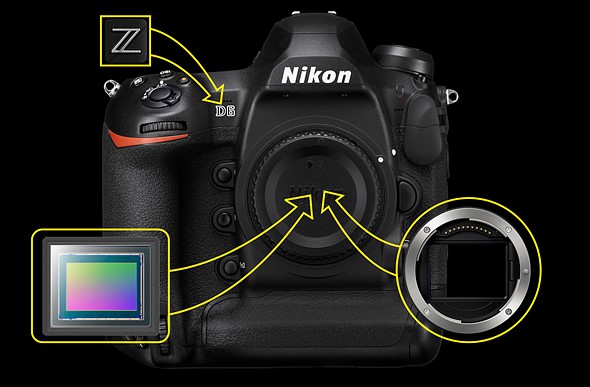
In an interview with DPReview , Nikon announced its next pro sports camera will be mirrorless. That in itself isn’t much of a surprise, perhaps, given how much investment has clearly been made in the Z-mount system. But the detail we didn’t expect to be revealed was that the camera will be based around a Stacked CMOS sensor. What is Stacked CMOS? Stacked CMOS chips are the next generation of chip designs after BSI (backside-illuminated) and provide the designers with greater flexibility, which in turn allows greater capability. BSI sensors are made by fabricating the sensor, then shaving off the silicon substrate upon which it was built. In effect, this allows the sensor to be turned round, and the ‘back side’ to be used for light collection. This means all the connection wiring ends up behind the light-sensitive part of the pixel, rather than getting in the way. Stacked CMOS takes this process a step further: layers of sensor are fabricated, shaved off the substrate and then carefully aligned and joined together. This means the chip designers can build even more complex structures behind the pixels. In the case of the stacked CMOS chips we’ve seen so far, this […]
<div id="amzn-assoc-ad-7350032d-fcfa-4fb3-84c3-41778cd0d69b"></div><script async src="//z-na.amazon-adsystem.com/widgets/onejs?MarketPlace=US&adInstanceId=7350032d-fcfa-4fb3-84c3-41778cd0d69b"></script>Click here to view original web page at www.dpreview.com





More Stories
The best Canon DSLR you can buy in 2022
How to Choose Your First Digital Camera
Photographer’s guide to buying a smartphone